How Much Does Website Maintenance Cost?
In this article, we will explore the intricacies of website maintenance costs, shedding light on the factors that significantly influence the crucial decision to purchase a website.
Key takeaways
-
Regular website maintenance is essential for a seamless user experience, improved security, and sustained online success, catering to various audiences, including businesses, bloggers, and online stores.
-
Maintenance costs depend on factors such as domain renewal, hosting fees, security services, and content updates and can vary based on the complexity of the website and the services required.
-
Website maintenance costs can vary significantly across different countries due to variations in pricing trends, currency exchange rates, and local service providers.
Comprehensive Table: Website Maintenance Costs by Business Size
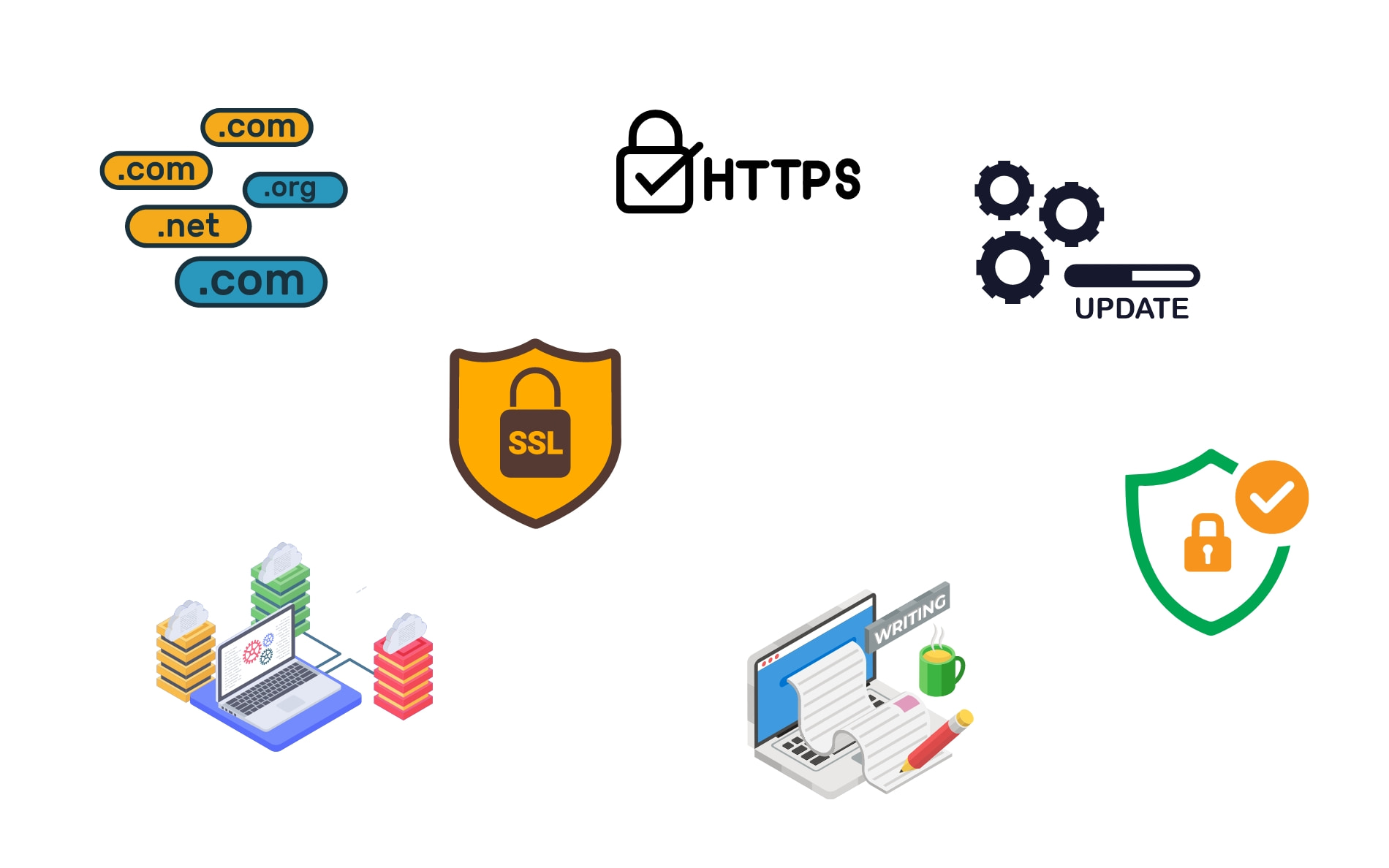
Our table below briefly summarizes website management costs for different business sizes, covering all the key factors that affect expenses.
| Cost Component | Small Business | Medium Business | Large Business |
|---|---|---|---|
| Domain Renewal | $10-20/year | $20-50/year | $50-100/year |
| Hosting | $25-150/year | $150-500/year | $500-2,000/year |
| SSL Certificate | $0-50/year | $50-200/year | $200-500/year |
| Content ManagementSystem (CMS) | $0-100/year | $100-700/year | $700-1,500/year |
| Extensions and Plugins | $0-100/year | $100-300/year | $300-600/year |
| Security Services | $20-200/year | $200-800/year | $800-2,500/year |
| Backup Services | $10-100/year | $100-500/year | $500-1,200/year |
| Update and Support | $100-600/year | $600-1,800/year | $1,800-5,000/year |
Notes: Costs are averages and can vary based on specific requirements, providers, and additional features. They also vary according to regional differences, as reflected in the ranges.
Website Maintenance Cost: A Full Breakdown
Domain Renewal
It typically costs users $10 to $100 per year for renewals.
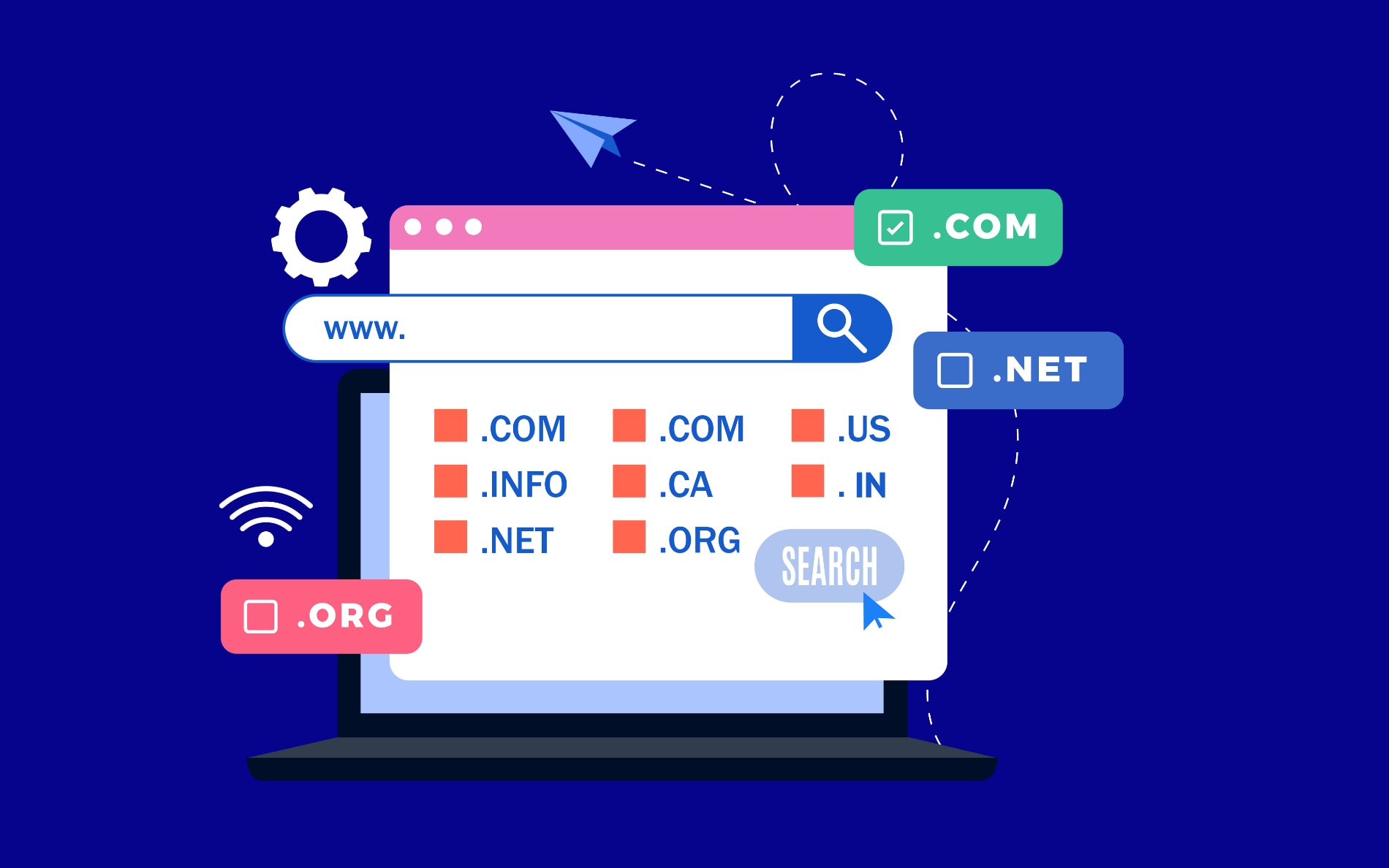
Renewing your domain is akin to securing your virtual address on the internet. Your domain is not just a web address; it represents your brand, identity, and online credibility. Letting your domain expire can result in downtime, loss of website traffic, and potential damage to your brand’s reputation.
Most e-commerce websites offer a free one-year domain registration with an annual plan. You can also choose to register for multiple years upfront. Also, renewing your domain before it expires is a good idea to avoid any issues.
The price of renewing your domain depends on how popular or commercially valuable it is. Below is a price list for renewing various extensions from well-known domain providers.
| .com | .us | .infor | .design | |
|---|---|---|---|---|
| Go Daddy | $11.99 | $4.99 | $3.99 | $14.99 |
| Name Cheap | $14.58 | $10.48 | $20.98 | $46.98 |
| Spaceship | $8.06 | $6.48 | $14.98 | $35.16 |
Many domain registrars offer auto-renewal options, sparing you the hassle of manually renewing each year. Setting up auto-renewal guarantees that your domain remains active without interruption. It’s advisable to mark your renewal dates on your calendar or set up reminders to ensure timely action.
Hosting
The typical cost of a web hosting provider can vary from $2 to $80 per month.
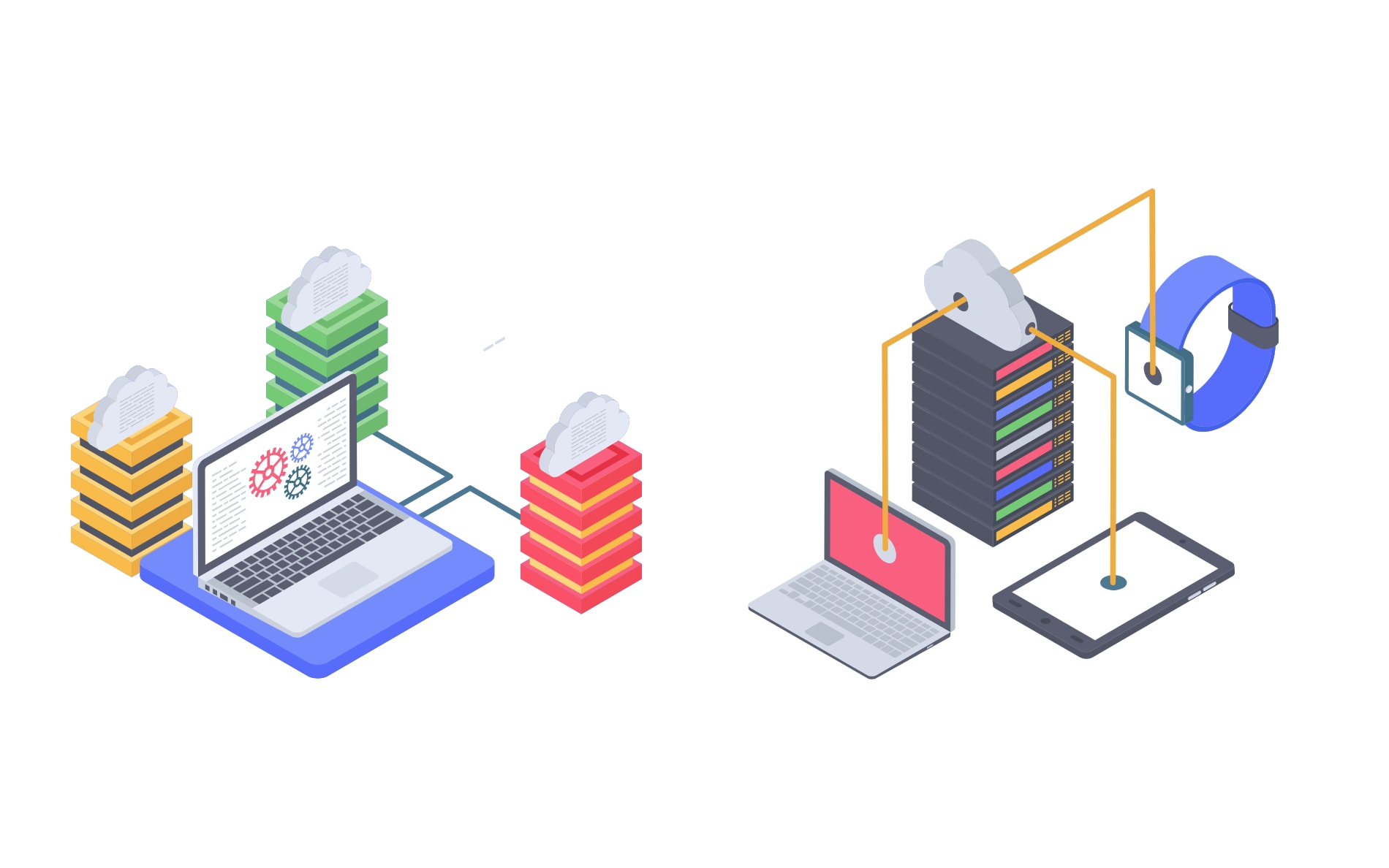
Good web hosting is key to your website’s speed and performance. The money you spend on hosting affects how fast your site loads and how reliable it is. By picking the right hosting plan, you improve load times, which in turn can boost your search engine rankings and user engagement. Therefore, it’s a wise investment for your site’s credibility.
Nonetheless, if you use a content management system (CMS) such as WordPress, you’ll need to find a web hosting provider. These web hosting providers offer various plans tailored to different needs.
Below are some popular types of hosting available:
Shared hosting plans are usually budget-friendly and are ideal for smaller websites with moderate traffic. Virtual Private Servers (VPS) offer more significant resources and customization options at a steep price. Dedicated servers are available for those needing maximum control and resources, although they come at a premium cost. Cloud hosting provides a flexible and scalable option, with pricing based on your resource usage.
We quickly compare the cheapest pricing plans and relevant features associated with some hosting types well-known platforms offer.
| Shared hosting plans | |||
| Hostinger | Bluehost | GoDaddy | |
| Price (monthly) | $1.99/month | $2.95/month | $4.99/month |
| Uptime | 99.99% | 99.98% | 99.99% |
| SSD Storage | 50 GB | 50 GB | 10GB |
| VPS hosting plans | |||
|---|---|---|---|
| Hostinger | Bluehost | GoDaddy | |
| Price (monthly) | $5.99/month | $18.99/month | $9.99/month |
| Bandwidth | 1 TB | 1 TB | Unmetered |
| RAM | 4 GB | 2 GB | 2 GB |
As ecommerce websites grow significantly, it’s advisable to eventually explore transitioning to a dedicated hosting plan, up to $300 per month.
SSL Certificate
A basic SSL certificate usually costs between $0 to $100 per year. However, an Extended Validation certificate can cost up to $500 annually for added security and validation.
An SSL certificate safeguards sensitive information shared between a user’s browser and a website’s server. This encryption ensures that data such as credit card details, login credentials, and personal information remain secure from malicious actors.
An SSL certificate is also essential for ecommerce websites to build trust and secure customer data. If your site handles payments and sensitive information, opting for an Extended Validation certificate becomes even more important. This is especially true for online stores.
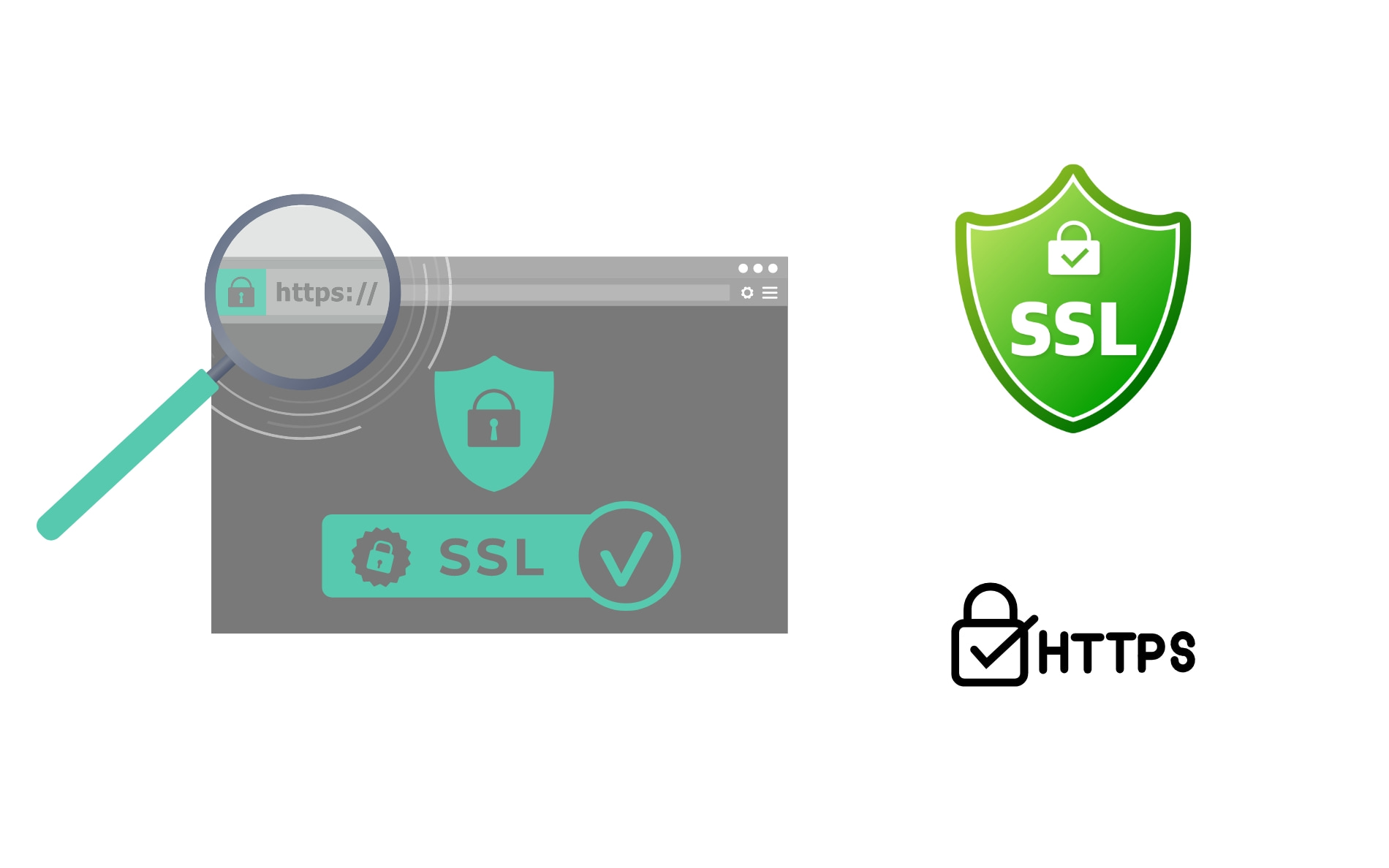
Customers can ensure a website’s security by checking for the following indicators:
- HTTPS: Look for “https://” in the website’s URL instead of just “http://.” The “s” signifies a secure connection.
- Padlock icon: A padlock symbol appears next to the URL in the browser’s address bar.
- Trust seals: Some SSL providers offer trust seals that can be displayed on the website, indicating its security status.
If you want to save some money, it’s a good idea to use a web hosting plan that includes a free SSL certificate. Otherwise, you must pay an extra fee to add this security feature.
The table below presents a quick-reference table that offers an overview of SSL certificate services from renowned providers.
| IONOS | Global Sign | Let's Encrypt(non-profit) | |
|---|---|---|---|
| Domain Validated | $25/ year | $249/ year | Free |
| Extension Validated | $200/ year | $599/ year | Not support |
Content Management System (CMS)
Many popular CMS options offer open-source versions that are free to use. However, for more innovative tools, you need to upgrade them with paid packages, which often cost $20 to $500 per year.
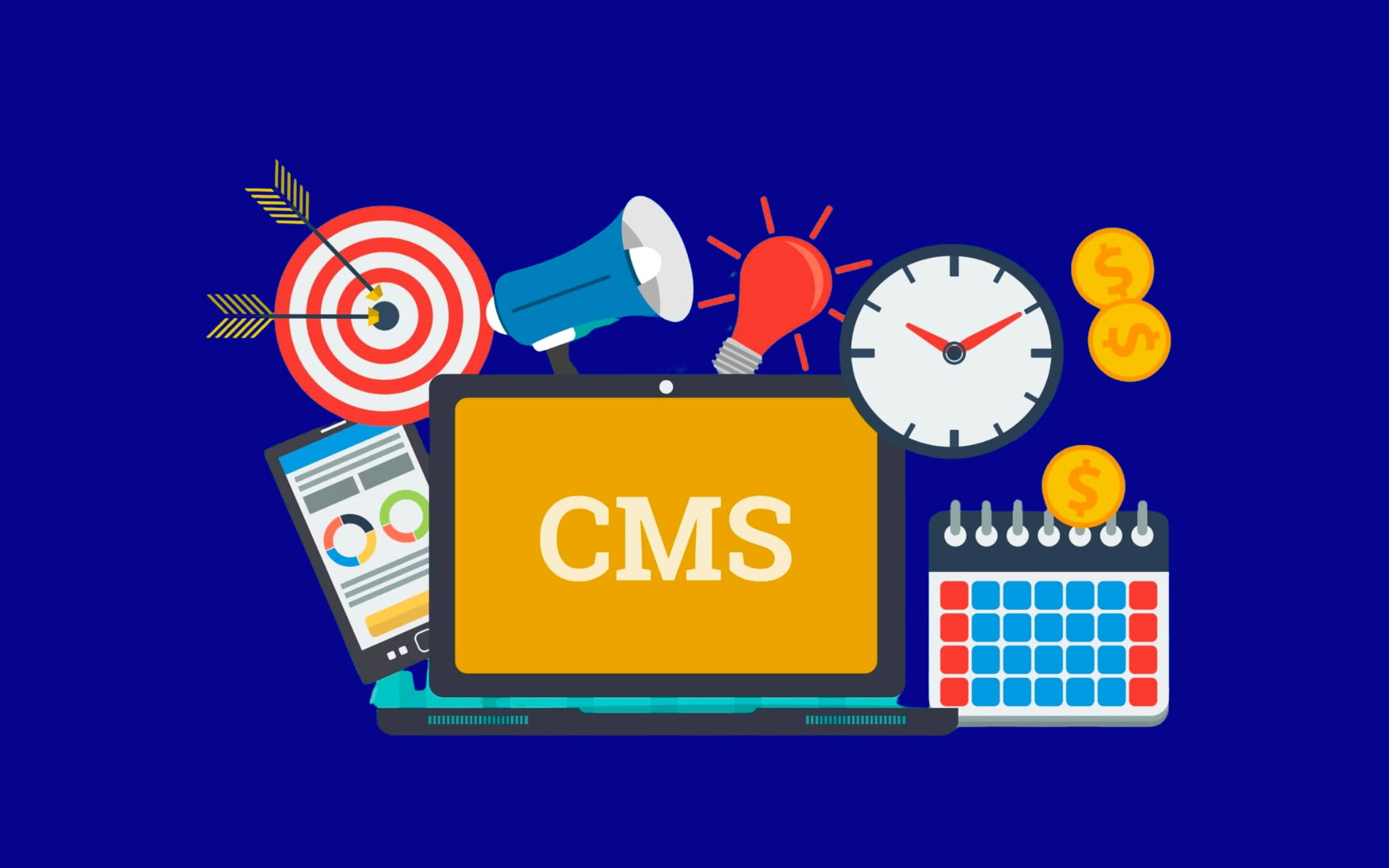
From a technical standpoint, a content management system comprises two essential components: the content management application (CMA) and the content delivery application (CDA)
- The CMA lets you easily add and manage content on your website.
- Meanwhile, the CDA works behind the scenes to store and display that content to your website visitors.
A CMS is critical for efficiently handling digital content, particularly for bloggers. It makes creating, editing, and publishing content straightforward. This keeps your website current and improves its SEO and user experience. So, whether you’re a blogger, a business owner, or part of an organization, a CMS simplifies your online content needs.
Let’s discover, in the table below, some of the most popular CMS systems and get a glimpse of their costs. Among them, WordPress is notable, holding a 65.1% market share.
| Wordpress | Joomla | Typo3 | |
|---|---|---|---|
| Software cost | Free | Free | Free |
| Domain (per annum) | $12 | $10 - $30 | $10 - $40 |
| Hosting fee | From $3.95 per month | From $150 per year | From $2.99 per month |
While the base software is often free, you may incur extra costs for domain registration, hosting services, premium themes, and plugins or extensions. The final cost depends on your customization preferences and the features you require.
Extensions and Plugins
Basic plugins are often free, but more advanced or feature-rich options can cost anywhere from $50 to $500 or more per year.
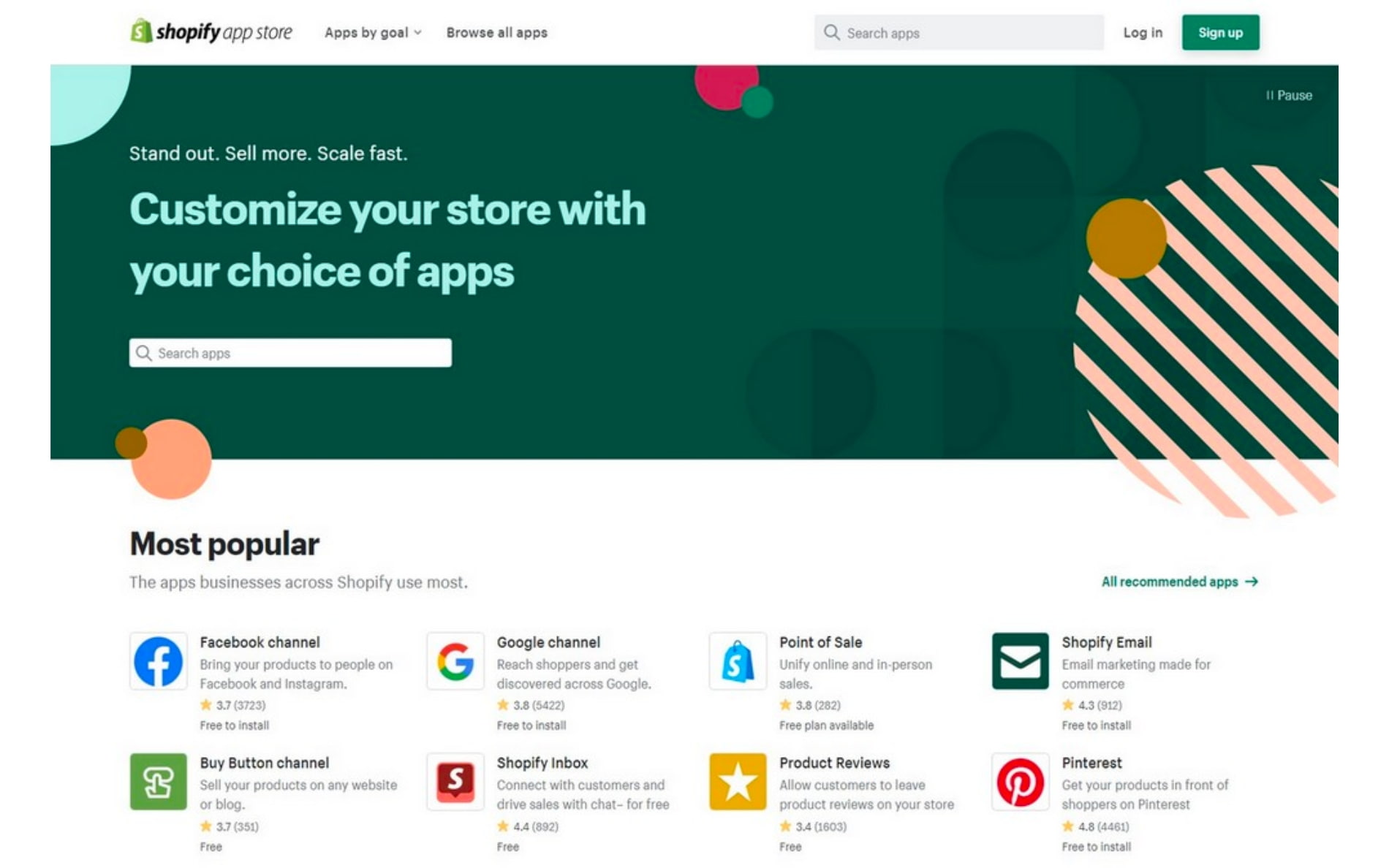
Regular maintenance of plugins and extensions is paramount for several reasons:
Security: Outdated plugins and extensions can pose security risks, making your website vulnerable to attacks. Regular updates help address known vulnerabilities and enhance security. Compatibility: As your CMS updates, plugins and extensions must remain compatible to ensure smooth functionality and avoid conflicts. Performance: Well-maintained plugins contribute to optimal website performance by reducing potential bottlenecks or inefficiencies. Functionality: Updates often bring new features, bug fixes, and improvements that enhance your website’s functionality and user experience.
Currently, there are over 59,000 plugins available in the official WordPress library. Many are free, but premium options can add to your site’s upkeep costs. It’s a good idea to start with free plugins and then consider upgrading to premium ones, which can cost between $4 and $49 per month.
Security Services
Generally, the cost of security services can vary from $0 to $500 per year, depending on the level of protection offered.
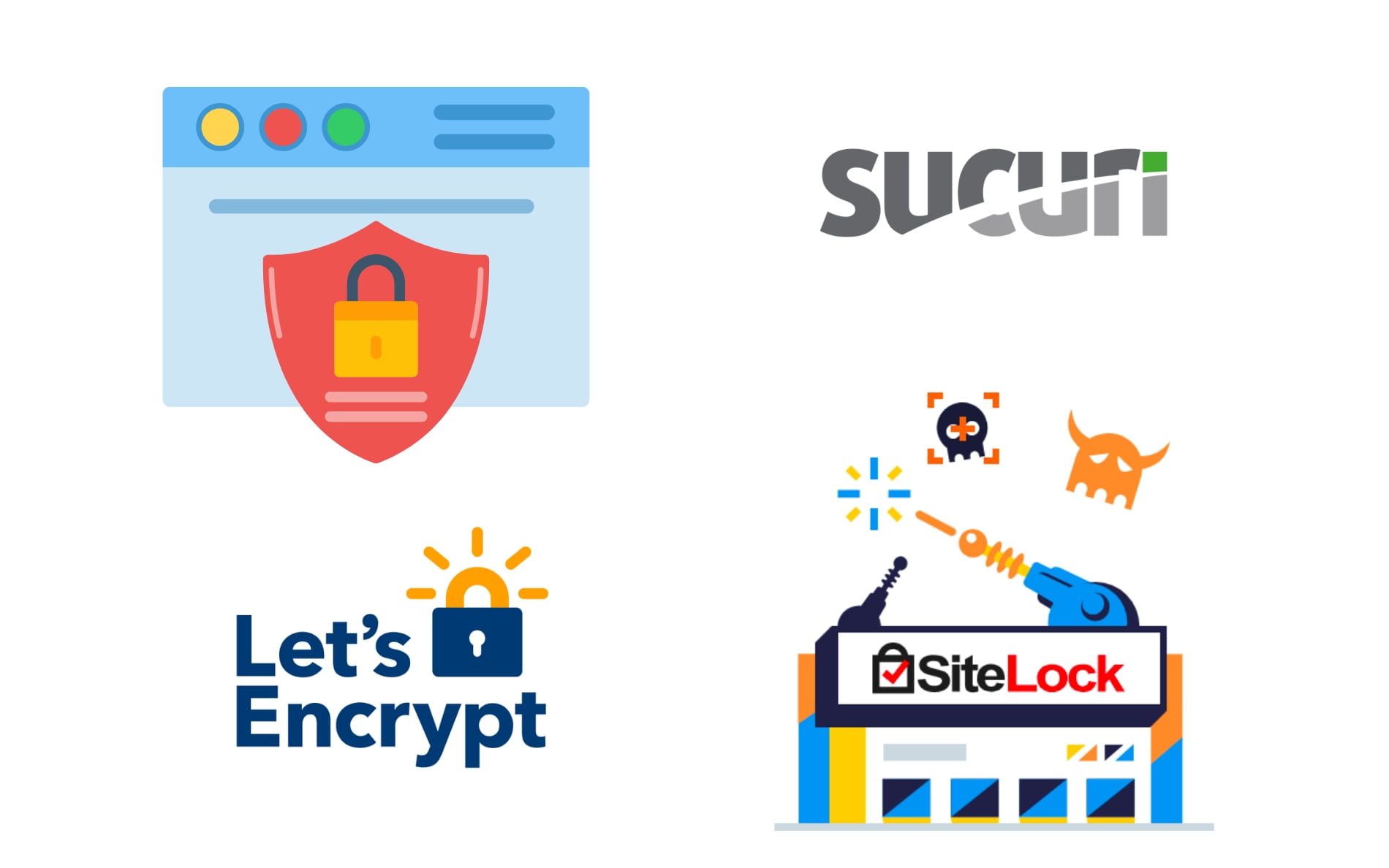
Website security services are crucial for safeguarding your online presence against various threats. Cyberattacks, data breaches, malware infections, and DDoS attacks can lead to significant damage, financial losses, and reputational harm.
Adequate security measures help protect sensitive data, maintain customer trust, ensure regulatory compliance, and sustain business operations without interruptions. When looking at security services, it’s essential to assess your site’s risk, business needs, and budget. Premium services like SiteLock and Sucuri provide full protection, including malware removal and DDoS defense.
On the other hand, open-source options like Let’s Encrypt offer free SSL certificates to secure website connections.
| SiteLock | Sucuri | Let's Encrypt | |
|---|---|---|---|
| Price per year | $149 | $199.99 | Open source |
| Features | Website scanning, malware removal, firewalls, backup storage, vulnerability patching, etc. | Website security, malware cleanup, firewall, DDoS protection, monitoring, and performance optimization | Provides free SSL/TLS certificates for securing website connections. |
Backup Services
Backup service costs vary by provider, with pricing commonly ranging from $50 to $500 per year.

Regular backups are key to protecting your data and allowing for quick recovery in emergencies. Additionally, it’s essential to keep your backup service updated for compatibility and security reasons.
While costs can vary based on factors like storage size, frequency of backups, and features, the benefits of backup services far outweigh the expenses. Consider some well-known backup service providers on the market:
Backblaze: Starts at $7 per month for unlimited cloud backup storage for personal use. Offers continuous backup, external drive backup, and easy file recovery. Backup Buddy: Plans start at $80 per year for a single site. Premium features include scheduled backups, site migration, off-site storage, and one-click restoration. Code Guard: A single site costs $39 per year. Plans include automated daily backups, unlimited storage, security scans, and one-click restoration.
Website Maintenance Costs Across Popular eCommerce Platforms
Managing the maintenance costs of an eCommerce website is a crucial aspect of sustaining any successful online business. E-commerce platforms have varying pricing structures for hosting, themes, plugins, security, and more.
Here’s a comprehensive table outlining the maintenance costs across popular eCommerce platforms:
| Platform | Hosting cost | Basic Plan Monthly Subscription | Transaction Fees | Additional Features Cost |
|---|---|---|---|---|
| Shopify | Free | $29 | Start at 2.4% |
|
| Squarespace | Free | $16 | 0% - 3% |
|
| Wix | Free | $16 | Start at 2.6% |
|
| BigCommerce | Free | $29 | No |
|
So, How Much Does it Cost to Maintain a Website?
In summary, the cost of maintaining a website can vary widely, ranging from $5 to $5,000 a month or $60 to $60,000 a year. These costs depend on several factors, including your website’s complexity, the features you need, and your unique business needs.
Tips to Save on Maintenance Costs
- Select a Fully Hosted Platform.
Opting for a fully-hosted platform like Shopify can be cost-effective as it includes hosting, security, and updates in a single package. While there might be a monthly fee, this approach eliminates the need for separate hosting and many technical tasks, potentially saving you time and money.
- DIY vs. Hiring Professionals
Deciding whether to handle maintenance tasks yourself or hire professionals requires careful consideration. DIY can save money, but it demands your time and expertise. Hiring professionals ensures tasks are done efficiently, but it comes at a cost. Assess your skills, tasks’ complexity and available time to make an informed choice.
- Bundling Services
Many service providers offer package deals that combine hosting, security, and other services. Bundling often leads to reduced overall costs compared to purchasing individual services separately. Be sure to analyze what each bundle includes and assess if it aligns with your specific needs.
- Open-Source Solutions and Free Plugins
Consider using open-source platforms like WordPress and leveraging free plugins to enhance your website’s functionality. These solutions can save on software costs, but be cautious when selecting free plugins, as some might lack necessary updates or security measures.
Conclusion
Understanding the costs associated with website maintenance is essential for every business aiming to establish and sustain a successful online presence. In navigating the realm of website maintenance costs, remember that every dollar invested contributes to a website that’s functional and capable of delivering a seamless, secure, and user-centric experience.
Budgeting for technical support, content updates, marketing efforts, e-commerce fees, theme and plugin costs, analytics tools, and hosting add-ons ensures comprehensive maintenance.
On the other hand, handling maintenance yourself can save money, but it demands a certain skill level and a substantial time investment. Evaluating the complexity of tasks, your comfort with technical aspects, and the importance of your time can guide your decision.
Time and money are both valuable. A blend of both approaches, such as outsourcing specialized tasks while managing simpler ones, might offer a cost-effective and time-efficient compromise.
New Posts






